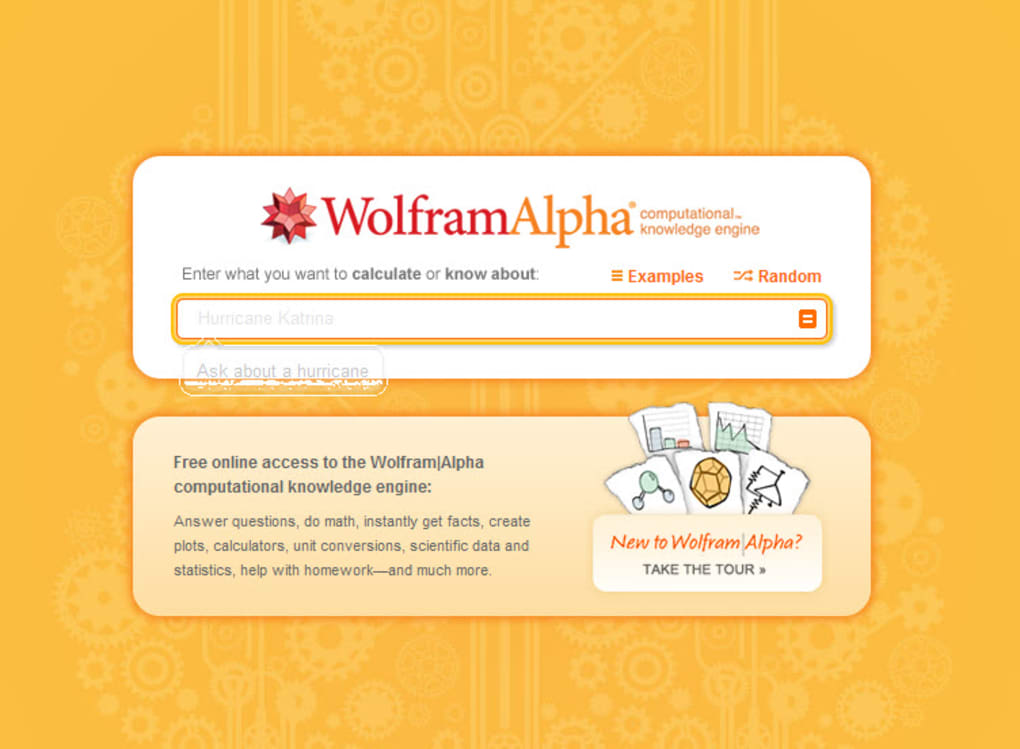

shays on Parametric Design With Tinkercad.gigabecquerel on Nuke Your Own Uranium Glass Castings In The Microwave.irox on Make Your ESP32 Talk Like It’s The 80s Again.IIVQ on Printed Gas Can Accessories Make Refueling A Little Neater.Joshua on FET: The Friendly Efficient Transistor.Joshua on Half Crystal Radio, Half Regenerative Radio.

K on Smoke Some Weeds: Lasers Could Make Herbicide Obsolete.Posted in News, Software Development Tagged math, mathematica, mathematics, Wolfram Post navigation If you really have a thing for the notebook style of programming there is always Mathics, Jupyter, and even Fortran. We covered when the Wolfram language emerged in 2013. If you’ve had trouble following machine learning code before, try this animal image recognition example: Distinguishing between predators, with Wolfram. Naturally, it can read data from the web, make charts, and even do machine learning. It just happens to know what a country is and what flag each country has and what “European” means. There is no special library or database required. For example, this query for flags of European countries: A Wolfram query for flags of European countries. but the real power is how it interprets things and can draw data from a variety of sources. If this were just another language it might be interesting, especially since it can do so much with math. If you want to play with the engine, you can use the Wolfram Cloud Sandbox in which you can try some samples. If you don’t want to be connected, though, you don’t have to be. The engine even has access to the Wolfram Knowledgebase (with a free Basic subscription). Given how comprehensive the engine is, this is reasonably generous. In addition, work you do for a school or large company may already be covered by a site license. Naturally, Wolfram gets to decide what is production, although the actual license is pretty clear that non-commercial projects for personal use and approved open source projects can continue to use the free license. If you are going into production you need a license, although a free open source project can apply for a free license. The catch? It is only for preproduction use. As of this month, the company is allowing free use of the engine in software projects. One of the interesting things about all of Wolfram’s mathematics software is that it shares a common core engine - the Wolfram Engine. You’ve probably used Wolfram Alpha and maybe even used the company’s desktop software for high-powered math such as Mathematica.


 0 kommentar(er)
0 kommentar(er)
